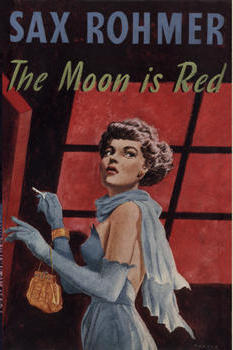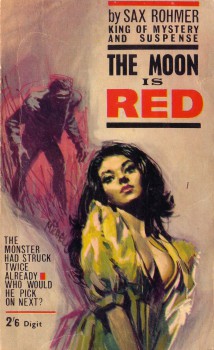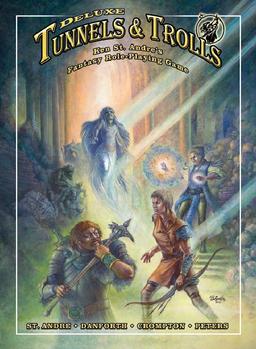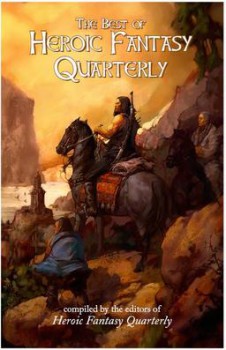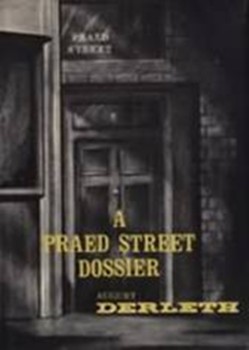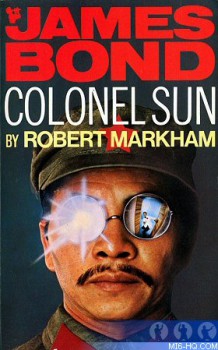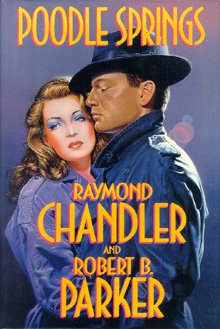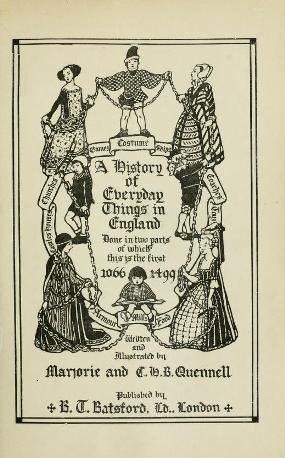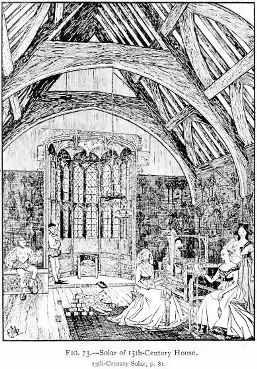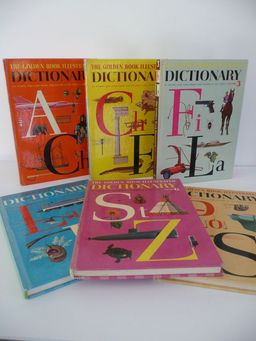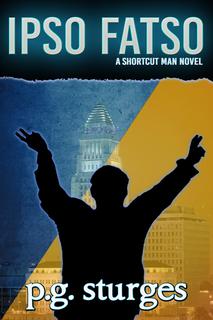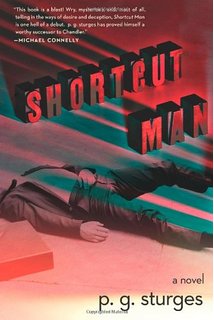R. J. Myers and the Crucifixion of Mary Shelley
NOTE: The following article was first published on May 16, 2010. Thank you to John O’Neill for agreeing to reprint these early articles, so they are archived at Black Gate which has been my home for over 5 years and 250 articles now. Thank you to Deuce Richardson without whom I never would have found my way. Minor editorial changes have been made in some cases to the original text.
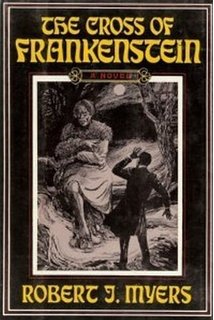
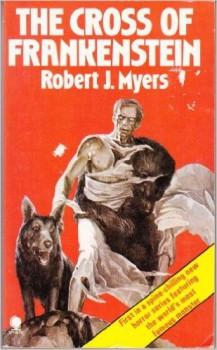 Robert J. Myers is a study in contradictions. A veteran CIA operative, he became the publisher of The New Republic. In the mid-1970s, Myers authored two sequels to Mary Shelley’s classic, Frankenstein or: The Modern Prometheus (1818). Having a longstanding interest in literary pastiches, I tracked down these two long out-of-print titles and read the first, The Cross of Frankenstein (1975). The prolific nature of the Universal and Hammer Frankenstein movies was understandable, but the original novel has always seemed more challenging to extend – even more so than Bram Stoker’s Dracula (1897). Neither story demands literary sequels, nor did their authors choose to pursue them – a fact that makes the ambitions of prospective continuation authors all the more difficult to realize with any degree of success.
Robert J. Myers is a study in contradictions. A veteran CIA operative, he became the publisher of The New Republic. In the mid-1970s, Myers authored two sequels to Mary Shelley’s classic, Frankenstein or: The Modern Prometheus (1818). Having a longstanding interest in literary pastiches, I tracked down these two long out-of-print titles and read the first, The Cross of Frankenstein (1975). The prolific nature of the Universal and Hammer Frankenstein movies was understandable, but the original novel has always seemed more challenging to extend – even more so than Bram Stoker’s Dracula (1897). Neither story demands literary sequels, nor did their authors choose to pursue them – a fact that makes the ambitions of prospective continuation authors all the more difficult to realize with any degree of success.
Mary Shelley’s original reads like a modern fable. The scientist who transgresses nature’s laws is destroyed by the abomination he brought into existence with his own hand. It is the same fable Michael Crichton fashioned nearly 200 years later into Jurassic Park. Shelley’s alternate title for the book, The Modern Prometheus is frequently forgotten, but it is critical to an understanding of how the novel differs from the 1931 Universal horror classic that imbued itself in the public consciousness. The monster of Shelley’s novel may be lacking a flat head and neck bolts, but he makes up for it in spades with his philosophical yearning for his own place in the universe and with the father/creator who abandoned him.
